
Blog
-
Surface Mount PCB Assembly Companies
Posted by
–
 Read more: Surface Mount PCB Assembly Companies
Read more: Surface Mount PCB Assembly CompaniesWhat is Surface Mount PCB assembly (SMPCBA)? Surface Mount PCB Assembly is a method of assembling electronic components onto a printed circuit board (PCB) using surface mount technology (SMT). Unlike through-hole technology, where components are inserted into holes drilled in the PCB, surface mount components are placed directly onto the […]
-
Thru Hole PCB Assembly Companies
Posted by
–
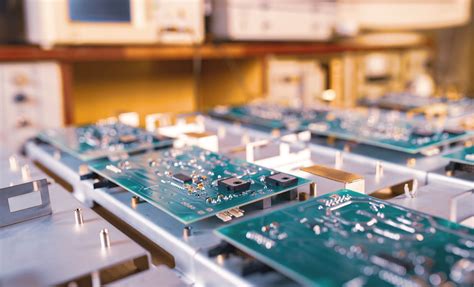 Read more: Thru Hole PCB Assembly Companies
Read more: Thru Hole PCB Assembly CompaniesIntroduction to Thru Hole PCB assembly Thru hole PCB assembly is a traditional method of assembling printed circuit boards (PCBs) where components are inserted into drilled holes on the board and soldered onto the opposite side. This method has been widely used for decades and remains a reliable choice for […]
-
RoHS (Lead-Free) PCB Assembly Companies
Posted by
–
 Read more: RoHS (Lead-Free) PCB Assembly Companies
Read more: RoHS (Lead-Free) PCB Assembly CompaniesWhat is RoHS and Why is it Important? RoHS is a directive that restricts the use of certain hazardous substances in electrical and electronic equipment. The primary goal of RoHS is to protect human health and the environment by reducing the use of lead and other harmful substances in electronics. […]
-
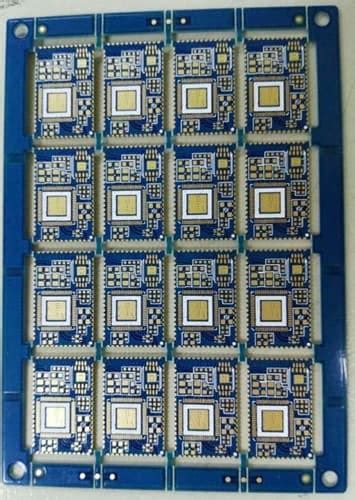 Read more: What is PCB cloning? How does it work, and what are its advantages?
Read more: What is PCB cloning? How does it work, and what are its advantages?Introduction to PCB cloning PCB (Printed Circuit Board) cloning is the process of creating an exact replica of an existing PCB design. This technique is used when the original PCB design files are not available, or when a physical board needs to be reverse-engineered. PCB cloning is a valuable tool […]
-
PCB cloning: Everything You Need to Know
Posted by
–
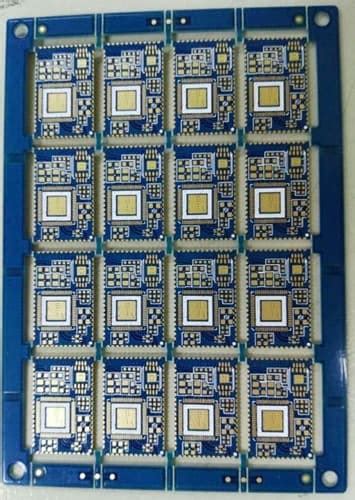 Read more: PCB cloning: Everything You Need to Know
Read more: PCB cloning: Everything You Need to KnowWhat is PCB cloning? PCB cloning is the process of creating an exact replica of an existing PCB. This involves analyzing the original board, extracting the design information, and reproducing it on a new PCB. The goal is to create a functionally identical copy of the original board, maintaining its […]
-
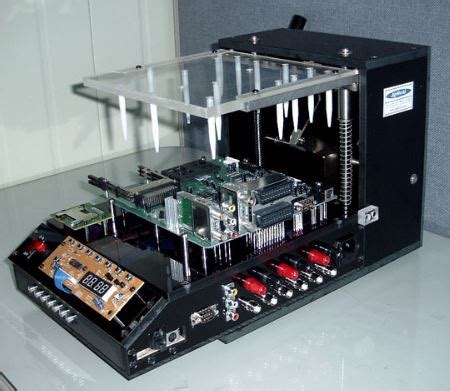 Read more: What is PCB environmental testing? Why does it require in PCB manufacturing?
Read more: What is PCB environmental testing? Why does it require in PCB manufacturing?What is PCB environmental testing? PCB environmental testing is a process of evaluating the performance and reliability of PCBs under different environmental conditions. These tests simulate the real-world conditions that PCBs may encounter during their lifetime, such as extreme temperatures, humidity, vibration, and shock. The primary goal of environmental testing […]
-
 Read more: Snowballing need of the fabrication and build out of medical PCB prototypes
Read more: Snowballing need of the fabrication and build out of medical PCB prototypesThe Importance of PCB Prototypes in Medical Devices PCB prototypes play a vital role in the development and testing of medical devices. They allow designers and engineers to validate their designs, test functionality, and ensure that the device meets all necessary regulatory requirements before mass production begins. Some key reasons […]
-
 Read more: The Complete Guide on understanding the PCB Prototype Quote Process
Read more: The Complete Guide on understanding the PCB Prototype Quote ProcessIntroduction to PCB Prototype Quoting When designing and manufacturing electronic devices, one crucial component is the Printed Circuit Board (PCB). A PCB prototype is an initial version of the board used for testing and validation before mass production. To obtain a PCB prototype, you need to go through the quoting […]
-
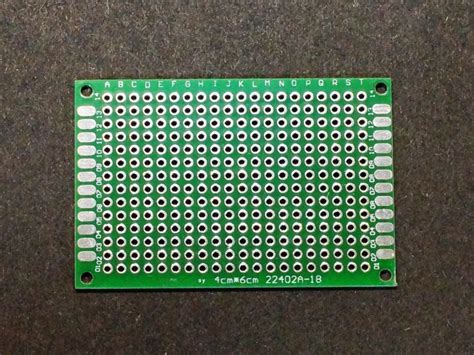 Read more: Things to consider while you look for fast PCB prototype in the USA!
Read more: Things to consider while you look for fast PCB prototype in the USA!Understanding PCB Prototyping Before diving into the factors to consider, let’s first understand what PCB prototyping is and why it’s important. What is PCB Prototyping? PCB prototyping is the process of creating a physical representation of a PCB design to test its functionality, reliability, and compatibility with other components. It […]
-
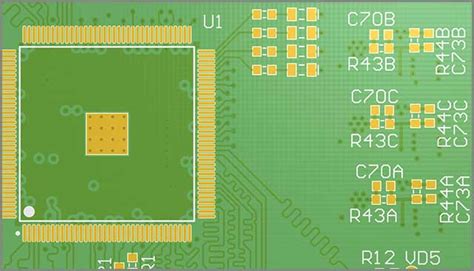 Read more: Top Factors to Consider while Choosing Large PCB Prototypes Manufacturing Service!
Read more: Top Factors to Consider while Choosing Large PCB Prototypes Manufacturing Service!Understanding PCB Prototypes Before delving into the factors to consider, let’s first understand what PCB prototypes are and why they are essential in the electronics industry. What are PCB Prototypes? PCB prototypes, or printed circuit board prototypes, are initial versions of a PCB design that are used for testing and […]




